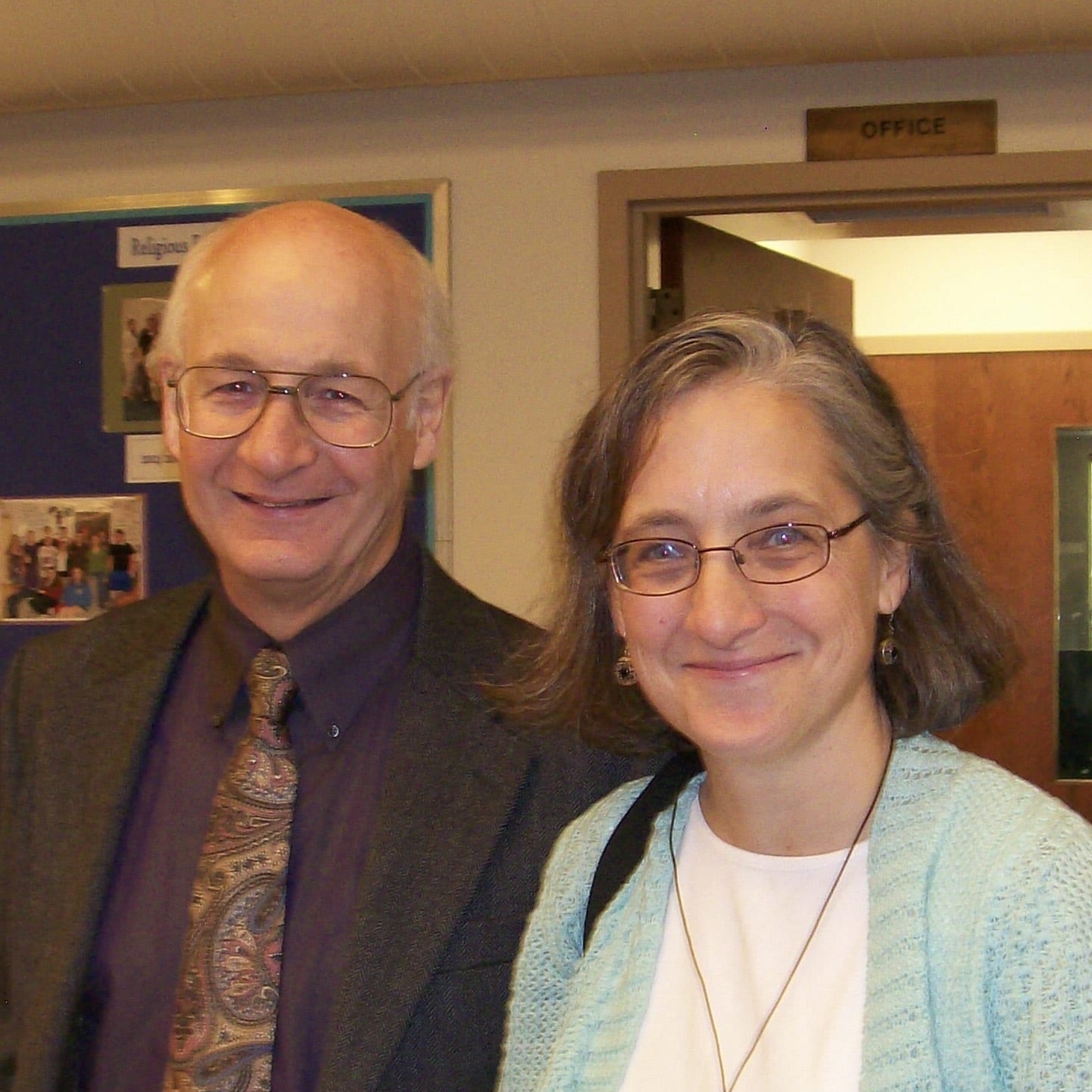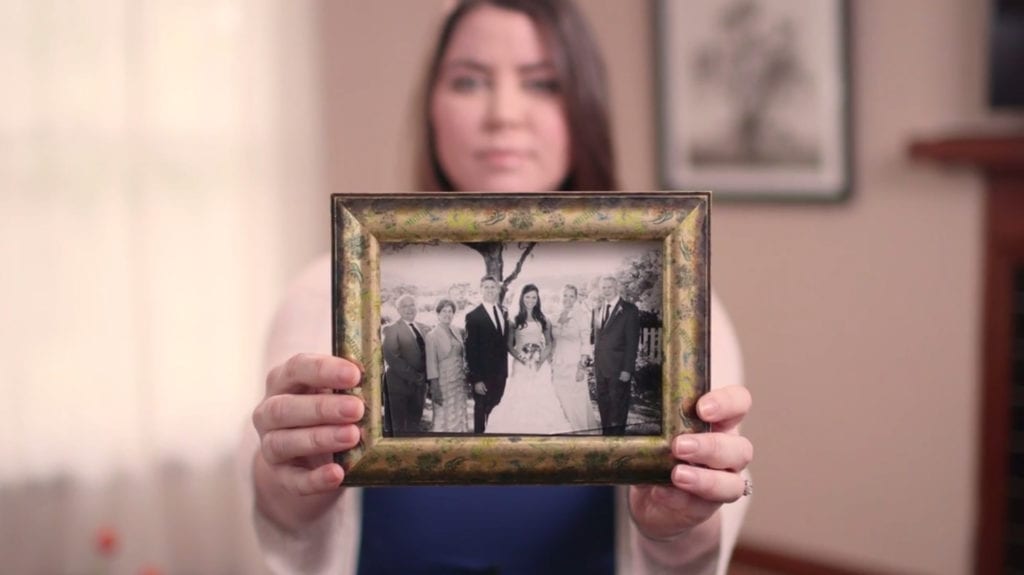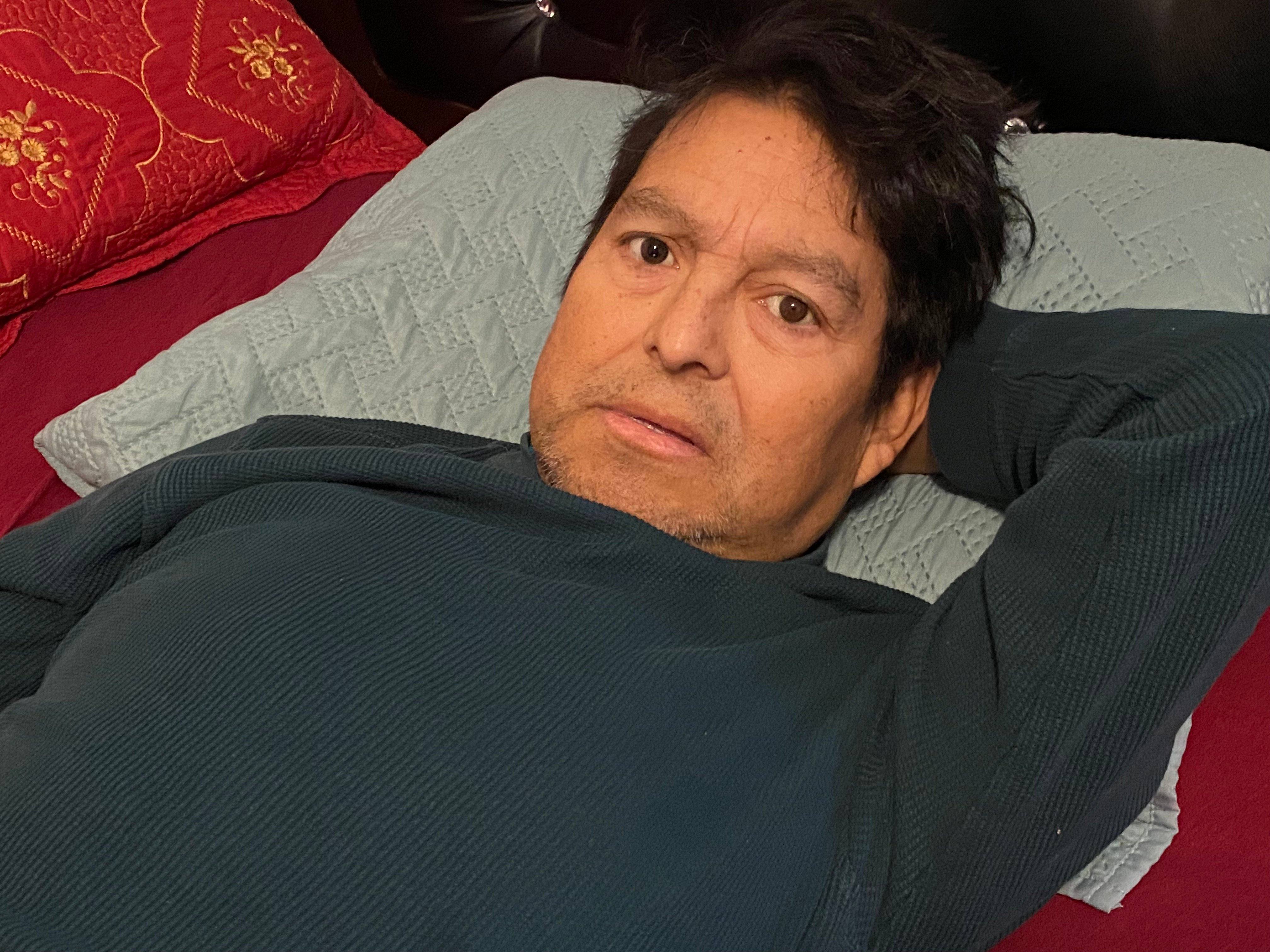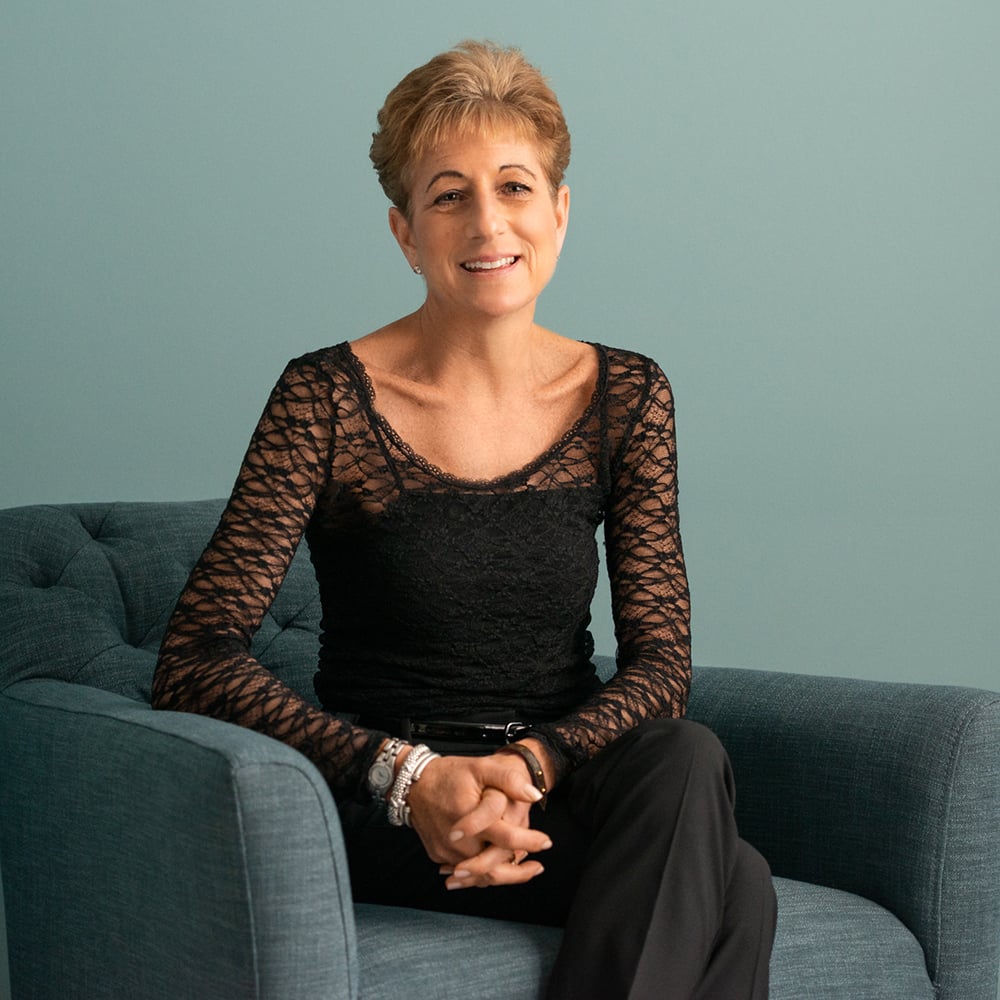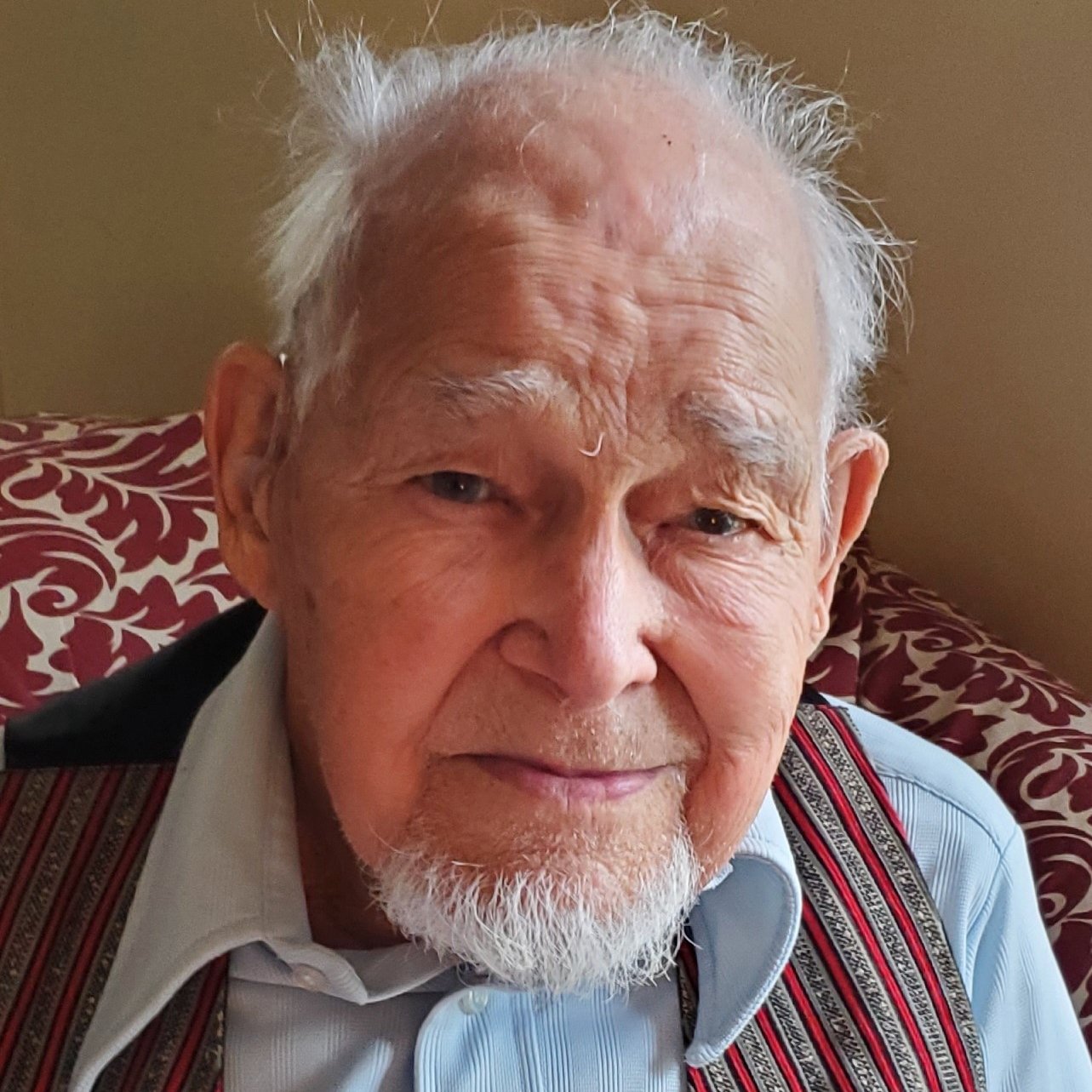Karen and Robert shared their story in April of 2020.
In July 2019, our father—J. Lindsley Foote—made one of the most courageous decisions of his life—to stop eating and drinking to end his unbearable suffering. Our dad had suffered increasing pain for many years due to spinal stenosis, which had started over 20 years earlier. Over that span of time, he had endured three surgeries, which helped for a time, but now at the age of 91, he no longer wanted to suffer the risk and recovery of spinal surgery.
Following our mother’s death in 2012 to pulmonary fibrosis, our dad, whose pain had increased steadily over the years, wondered what he was going to do when his suffering outweighed the joy of living. Our mother—because she had had a terminal illness—was eligible for hospice and welcomed that when it was clear she had no other options. Our father did not have a terminal disease, so he feared he would not be eligible for hospice.
When dad asked us what he would do, Karen called Compassion & Choices, which our parents had been supporters of for many years. Karen connected with a representative from Compassion & Choices’ End-of-Life Consultation Program and was told about voluntarily stopping eating and drinking (VSED). We shared this information with dad, and he decided that this was what he would do when the time came.
Having this information and a legal way out gave our dad—and the two of us—much comfort. He did not live in one of the jurisdictions where medical aid in dying was authorized and, even if he did, he would not have qualified, as he did not have a terminal diagnosis--he only had ever-increasing pain. Once dad learned about VSED, he did not speak about it for another several years—knowing that there was an option for him seemed to alleviate his concerns about endless suffering.
When it became too difficult for dad to live in his apartment, he moved to an assisted living residence. He was enjoying his life—political discussions with friends, playing chess and bridge, listening to audiobooks, learning to meditate, and writing numerous greeting cards to family and friends. But, despite the increase in pain medication, the pain worsened. When it became clear that the pain medications were adversely affecting his quality of life, he started talking about stopping eating and drinking again.
We spoke with the director and the head nurse of the assisted living facility to let them know what dad’s plans were and to be sure they would allow this. The director admired the way that dad knew what he wanted and was very supportive. Dad had written an addendum to his advance directive that we gave to them. The relief we felt was enormous; dad could stay where he was. Dad told several of his friends about his plans and asked if they would agree to spend time with him when he started. He spoke with his doctor to get her support. He also spoke with his minister. Every single person he spoke with understood and agreed to be there for him.
One night in July, dad fell. He called and told Karen that because he hit his head, the assisted living facility had to call an ambulance to take him to the hospital. He did not want to go to the hospital. Karen spoke with the CNA and she assured us that he didn’t have to go, but someone would have to sign papers to release him, which Karen did. The next day, dad stopped eating and drinking. Because of the planning our dad did, it went as smoothly as possible. The group of friends gathered the next day, read cards, played music and sang.
The following day people started staying with dad in 3-hour blocks of time, and one of us or our spouses stayed with him every night. After a few days, dad asked us to call close friends and relatives. While some people were shocked, all came to understand his decision, and many wrote beautiful letters to our dad that we read to him.
We were very fortunate to have wonderful support. The friends who stayed with dad during the day allowed us time to make decisions, talk with the doctor and sleep; and the staff at the assisted living were both professional and compassionate. Dad’s primary care physician was instrumental in providing us guidance in helping dad through this process. Finally, our spouses were both able to be with us, providing much-needed support.
Sadly, dad was never enrolled in hospice since he was not terminally ill. We had hoped as the days went on that he would become eligible for hospice and tried to enroll him multiple times, but he never met their strict eligibility requirements. It was very disappointing to not have the additional support.
On August 8, 2019—19 days after he started the process—dad died. While there were times when he seemed to wonder why it was taking so long, he was not in pain, and he appeared to be relatively comfortable. Regrettably, because dad was not on hospice, the coroner had to come out to report dad’s death. We were made to wait in the hallway of dad’s home for an hour while they investigated, even though dad’s physician had contacted them to inform them that it was a planned death and had even provided them his advance directive, which outlined his plans to cease eating and drinking.
In the end, dad attained what he most wanted—to stop living with increasing pain and to be surrounded by loved ones until the end.
There are many ways to reach a peaceful end to life—and having a peaceful death is something our dad had advocated for in Michigan when he worked to get a resolution for medical aid in dying on the ballot in 1998. And, while he perhaps wished he had been eligible for the law and lived in a state where it was authorized, he figured out an alternative. Fortunately, his lack of a terminal diagnosis did not inhibit his option of VSED. We will always be grateful that he knew what he wanted, that he talked openly about it, and that he cultivated friends who were with him—in person and through letters--during his final days.


